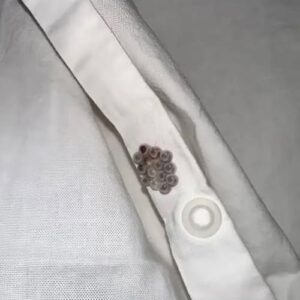Growing up, my daughters, Hannah and Christine, formed a close-knit family unit after my husband passed away. Despite the challenges of being a blended family—Hannah being my biological daughter and Christine my stepdaughter—we navigated our lives together, or so I thought. While there were occasional tensions, I believed we managed them like any typical family.
However, as both girls became engaged and began planning their weddings, the atmosphere in our home shifted dramatically. Instead of excitement, there was bickering and a sense of competition that I hadn’t anticipated. Hannah was eager to share her wedding plans, but Christine’s dismissive attitude revealed deeper insecurities about her place in our family, especially after my husband’s death.
The situation escalated when Hannah announced her wedding date, which triggered Christine’s resentment. As tensions rose, I tried to mediate, but it became clear that the rift between my daughters was widening. The breaking point came when Hannah’s wedding dress was found torn to pieces, and Christine, trembling and in tears, confessed her fears about Hannah’s fiancé, John, and his questionable loyalty.
In the aftermath, I realized I had to confront the truth. Together with Christine, we faced John, who ultimately admitted to his infidelity. This revelation devastated Hannah, but it also opened the door for healing between the sisters. Christine transformed the ruined dress into a beautiful cocktail dress for Hannah, and instead of a wedding, we celebrated a family gathering that strengthened our bond. In that moment, the rivalry faded, and my daughters emerged as supportive sisters, ready to face the future together.





